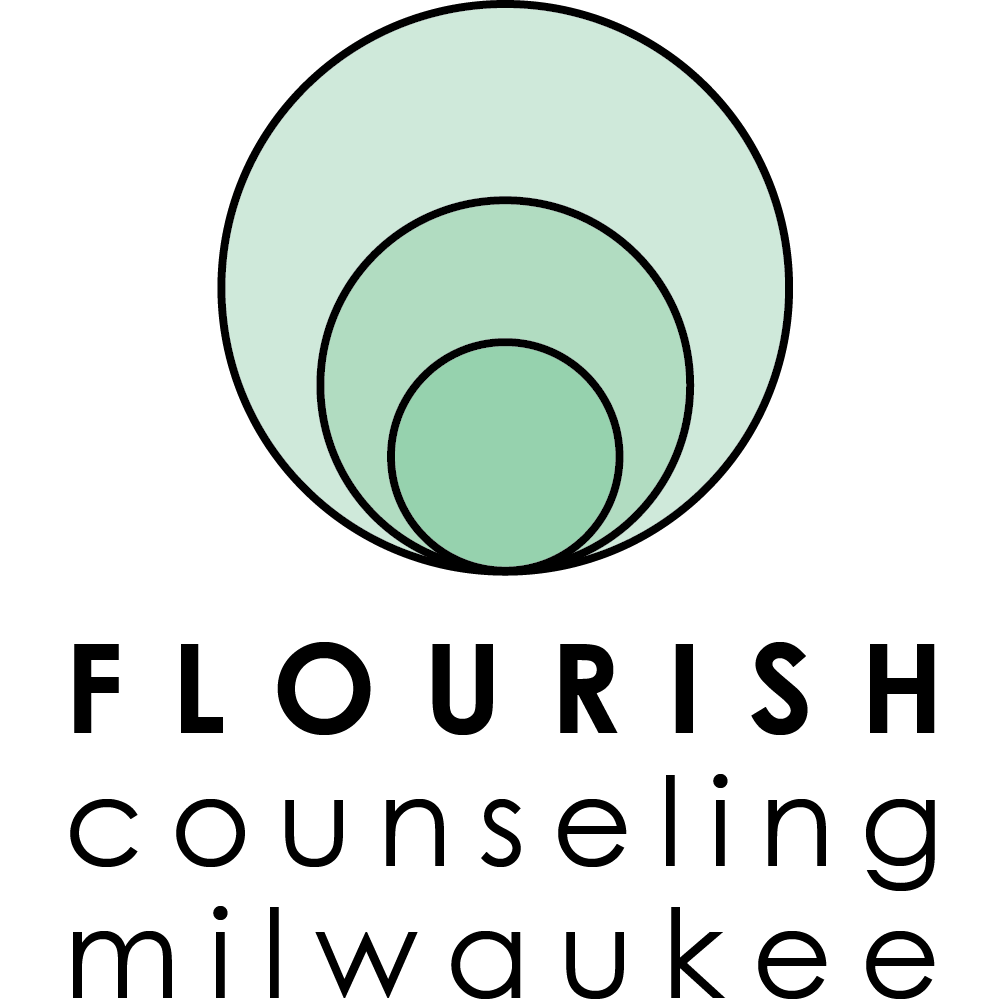
by Erin Olson | Sep 4, 2018 | Parenting, Uncategorized
You may have guessed that I’m not referring to material items in the title – this post is not about providing food, shelter, or clothing for our kids. I’m not talking about love, either, although undoubtedly children need that as well. Most parents love their children...

by Erin Olson | Mar 28, 2016 | Parenting, Uncategorized
When I was a teacher my face was my most powerful tool – despite the sticker charts displayed on the bulletin board (see my post about why I should have chucked those), despite the “prize box” pulled out weekly for students who had earned classroom “bucks” –...

by Erin Olson | Nov 19, 2015 | Parenting, Uncategorized
In my recent blog post “Why Every Parent Should Ditch the Sticker Chart” I talked about how switching from a behavioral focus to a relational focus as parents helps foster healthy brain development in our kids. There are two other important reasons for making this...

by Erin Olson | Oct 30, 2015 | Parenting, Uncategorized
This past August I read a blog post entitled Six Things Parents Need for Back to School (That We Can’t Buy) by KJ Dell’Antonio. While homework routines, job charts, and other behavior-based tools made up the majority of her wish list, it was clear that...

by Erin Olson | Oct 22, 2015 | Parenting, Uncategorized
Solve hassles around chores and homework, teach your children problem-solving and respect, and improve family relationships all while saving the world? This is not hyperbole. At least not according to Jane Nelsen, psychologist, educator, author of Positive...







